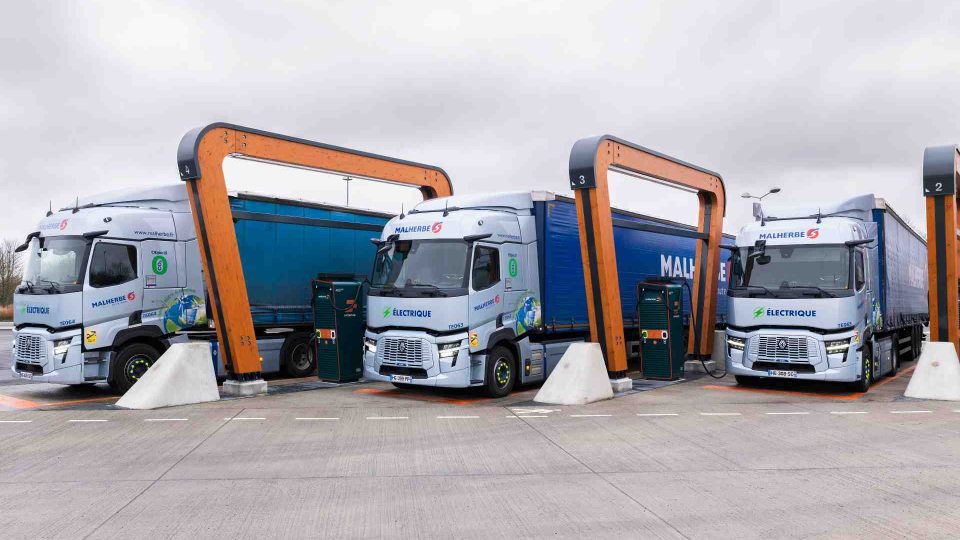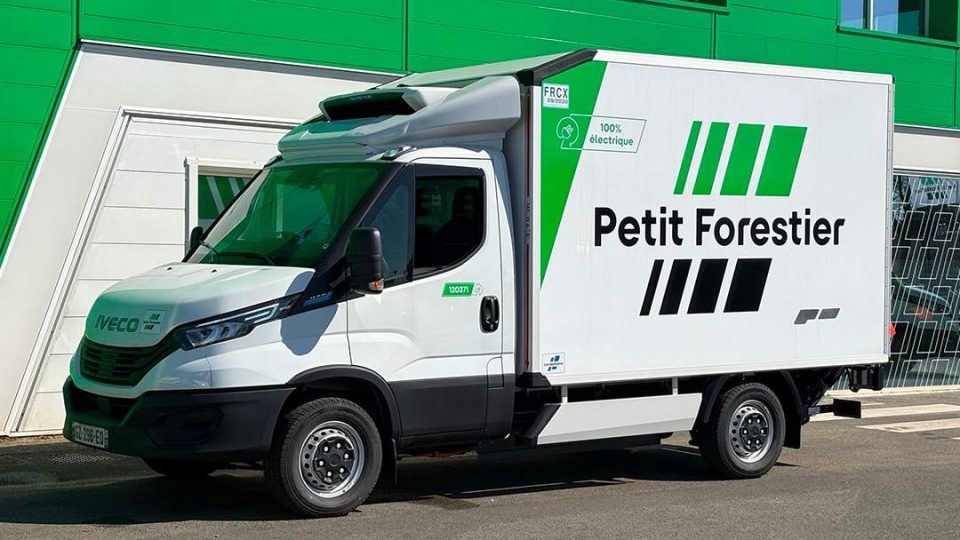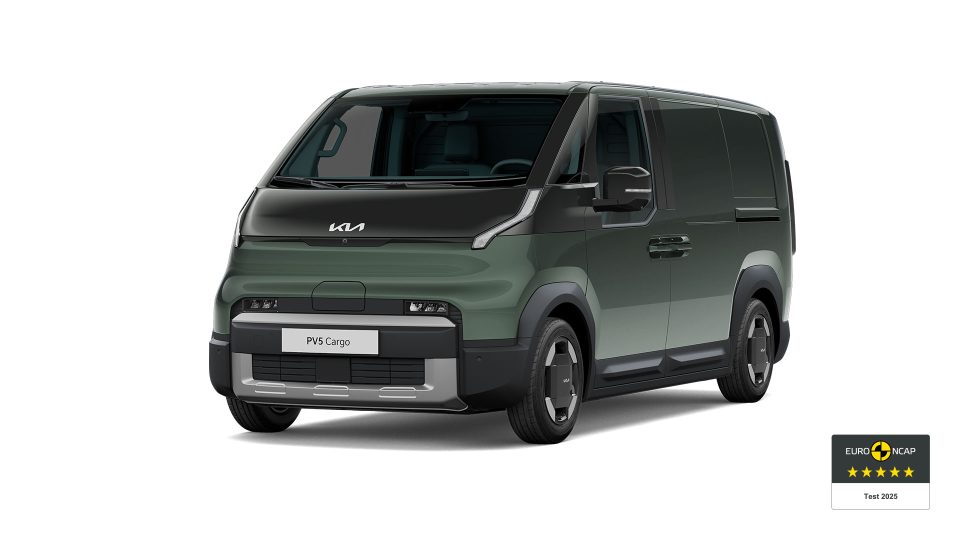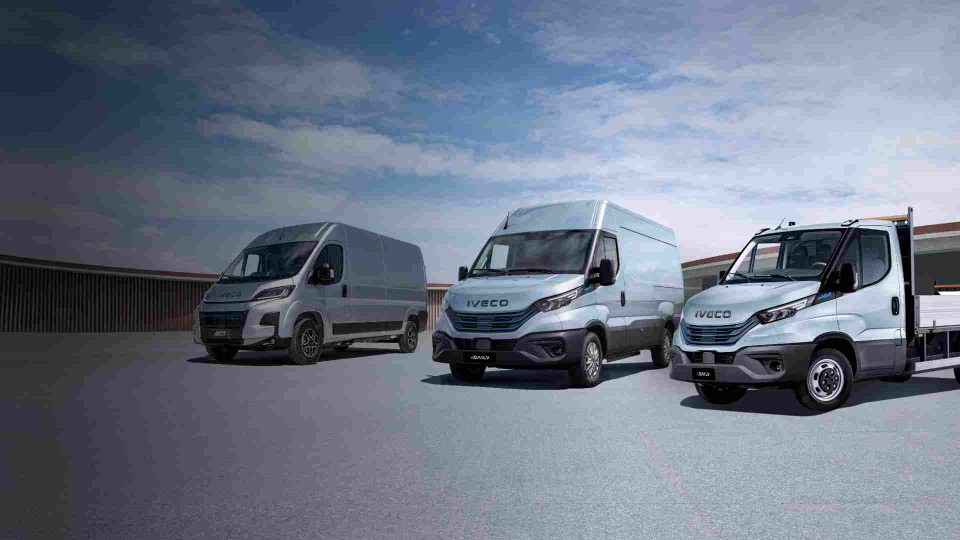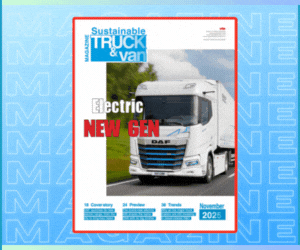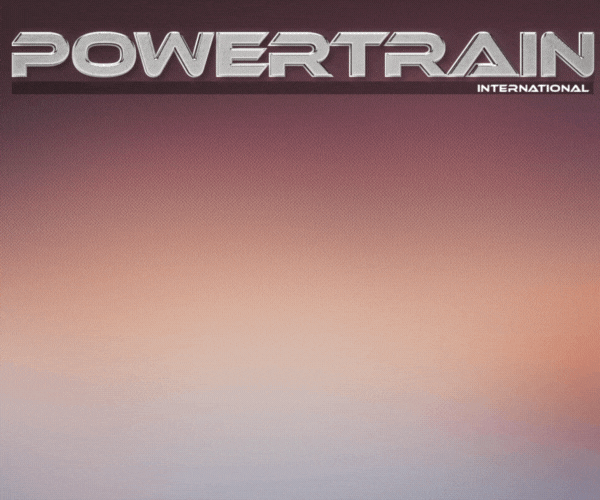Nissan launches the all-new Interstar, now also electric. We drove the e-van in Barcelona
The Japanese manufacturer is offering indeed a double version: with 40 or 87 kWh battery packs and promised range of 200 and 460 km, respectively. “Electrification is a growing need in light commercial transport in Europe and we want to play our part,” said Christophe de Beaumont, Head of LCV and Corporate at Nissan Europe.
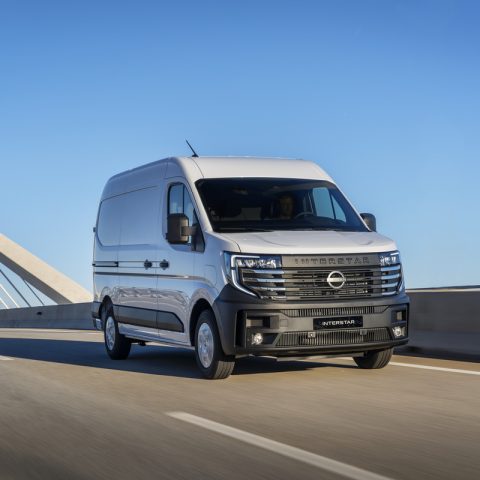
The tail end of the terrible Dana, the flood that did so much damage on the east coast of Spain, jeopardized our test drive. Fortunately, we were able to reach Barcelona in time to attend the official launch of the new Nissan Interstar, the Japanese automaker’s large van, revamped in its ICE version thanks to even more options for customers, and finally also available with an electrified powertrain. Nissan, therefore, is adding a new electric van to its light commercial vehicle range after the introduction of the Townstar electric van and looking forward, by 2027, to completing the zero-emission range with the medium-sized model.
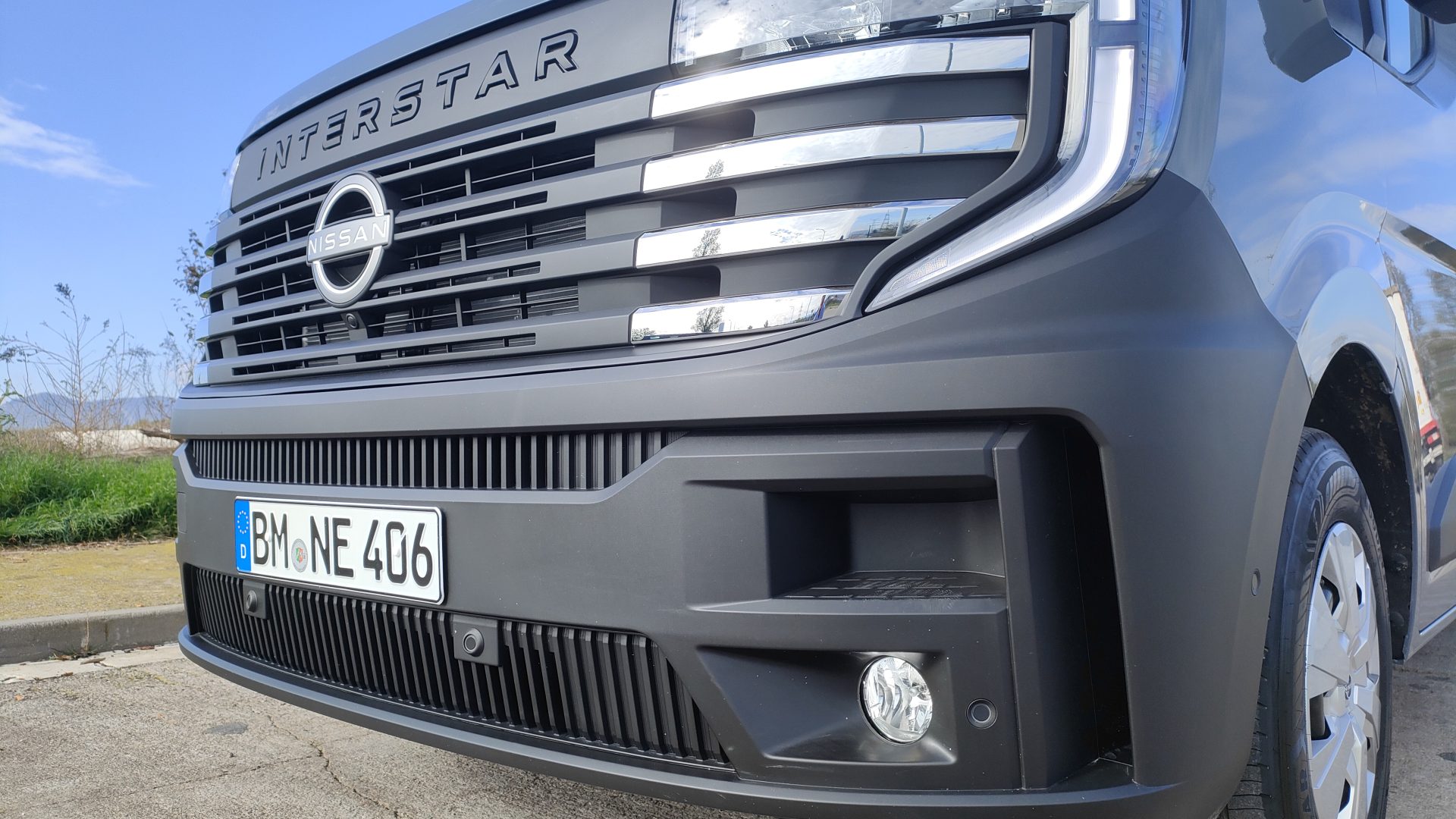
Nissan Interstar, another step to a full-electric line-up
“Electrification is a growing need in light commercial transport in Europe and we want to play our part,” said Christophe de Beaumont, Head of LCV and Corporate at Nissan Europe. “We see that customers are very interested in price and TCO of vehicles, but also in their capability and sustainability.” That translates into the ability to access the increasingly frequent limited traffic zones in some of Europe’s largest cities.
Andrew Limbert, PM & Marketing Manager for commercial vehicles at Nissan Europe, explained that the design team in Paddington, UK, focused mainly on the aerodynamic impact of the van, in both the front and side of the vehicle. Speaking of efficiency, Nissan has reduced the SCx by 20 percent compared to the previous generation, benefiting fuel consumption or range. In this regard, there was great curiosity in Barcelona about the electric Interstar-e.
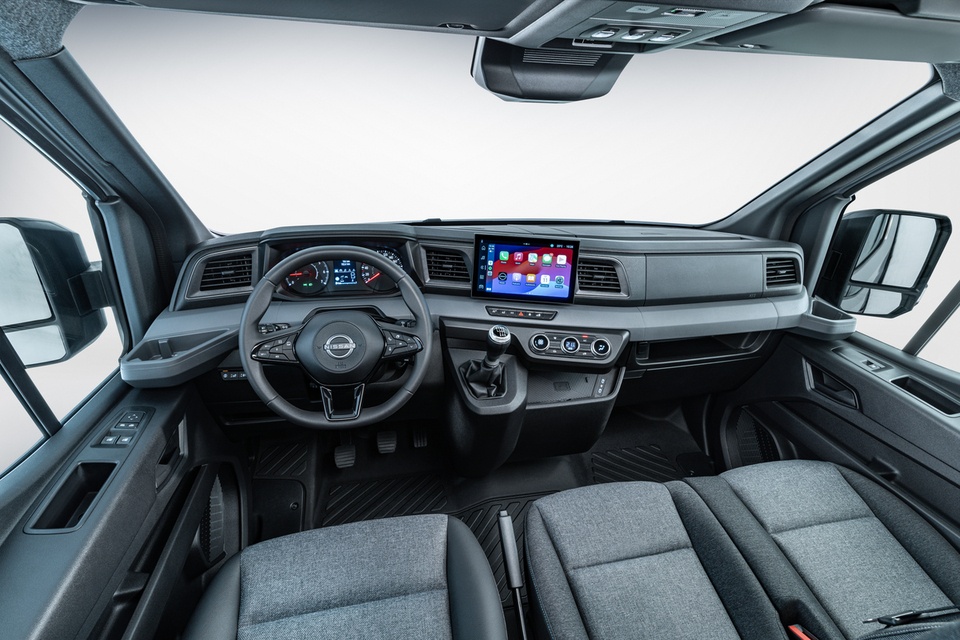
Two battery options for the electric Interstar
The Japanese manufacturer is offering indeed a double version: with 40 or 87 kWh battery packs and promised range of 200 and 460 km, respectively. The battery technology, we were told, is derived from passenger cars, with the aim of reducing the weight of the packs as much as possible so as not to compromise load capacity. Nissan is particularly keen on the ‘heavier’ battery configuration, for which they foresee considerable growth in the market in the coming years. Both versions allow DC charging (up to 130 kW of power for the 87-kWh configuration) and AC charging (up to 11 kW for the ‘light’ configuration; up to22 kW for the other).
The van’s cargo area ranges from 10.8 cubic meters of the L2H2 configuration, the one we saw in Spain, to 14.8 cubic meters of the extra-large L3H3. The payload of the ‘classic’ 3.5-ton van is 1,447 kg for the diesel version, while it is reduced, but slightly, to 1,349 kg on the Interstar-e. Also taking advantage of the B-license option, the electric Interstar will come with a total GVW of more than 4 tons, tickling the interest of customers loyal to Nissan light trucks, especially in the cab configuration.
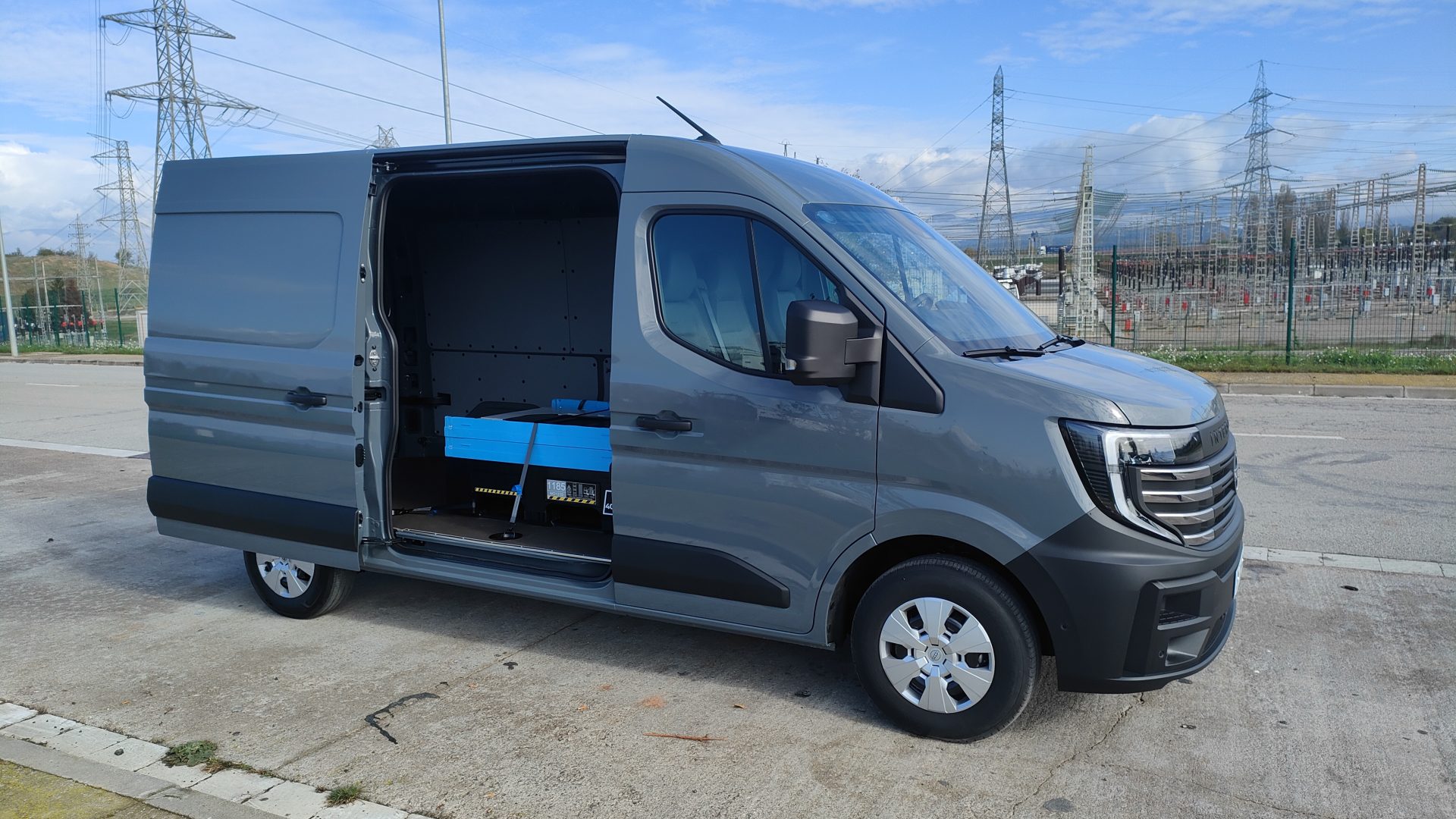
All the safety features and the warranty options
The last pillar that emerged from the official presentation refers to the safety equipment and comfort of the van, whose dashboard has been modernized and made more ergonomic, with an interesting and essential digital display for the electric version. The Interstar, of course, meets the safety requirements of the GSR II, with the addition of a rear camera to facilitate when maneuvering. Nissan also put its hand to the braking system to reduce braking distance. The efforts were rewarded by Platinum certification from EuroNCap. Finally, the all-new Interstar-e comes with 5 years or 160,000 km warranty. The warranty for EV batteries has been increased to 8 years.




